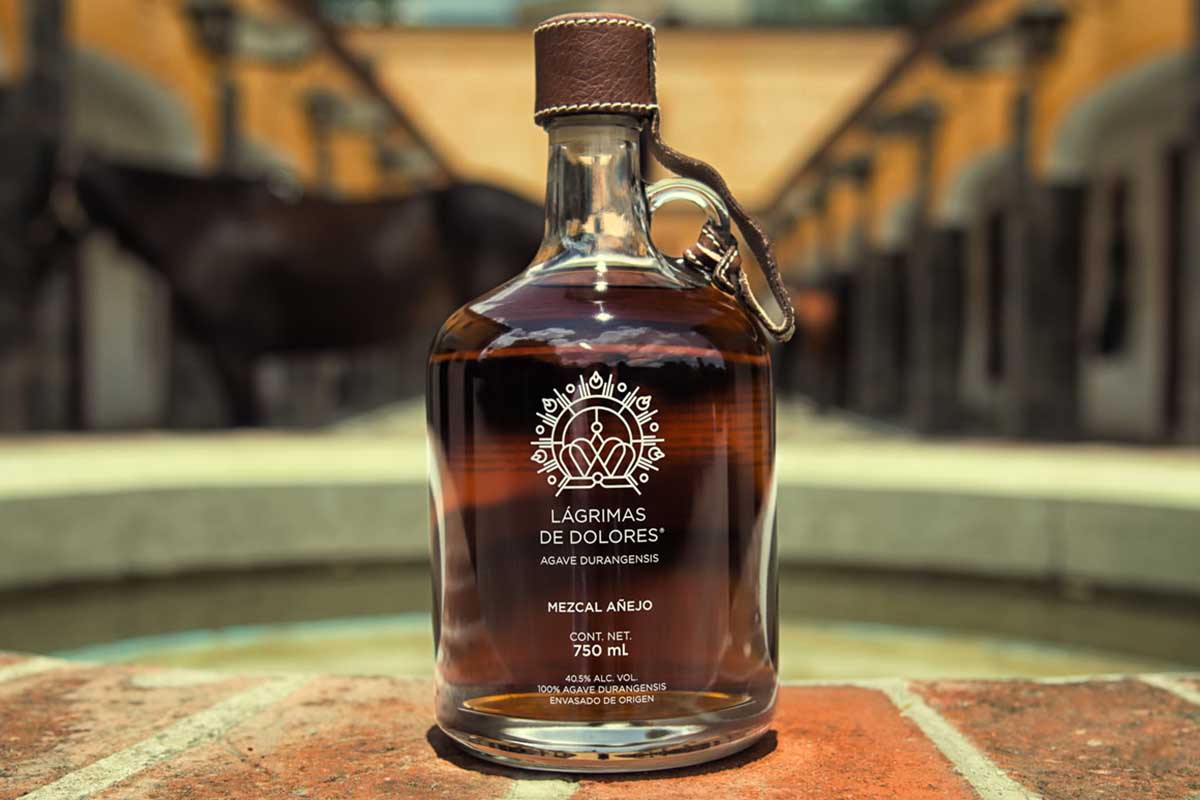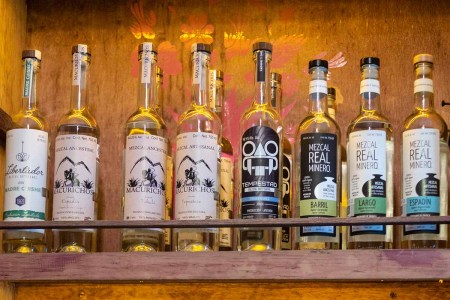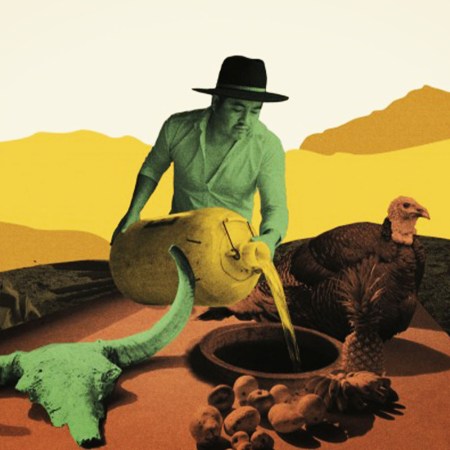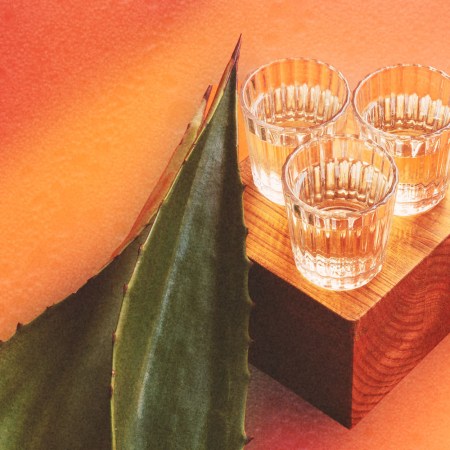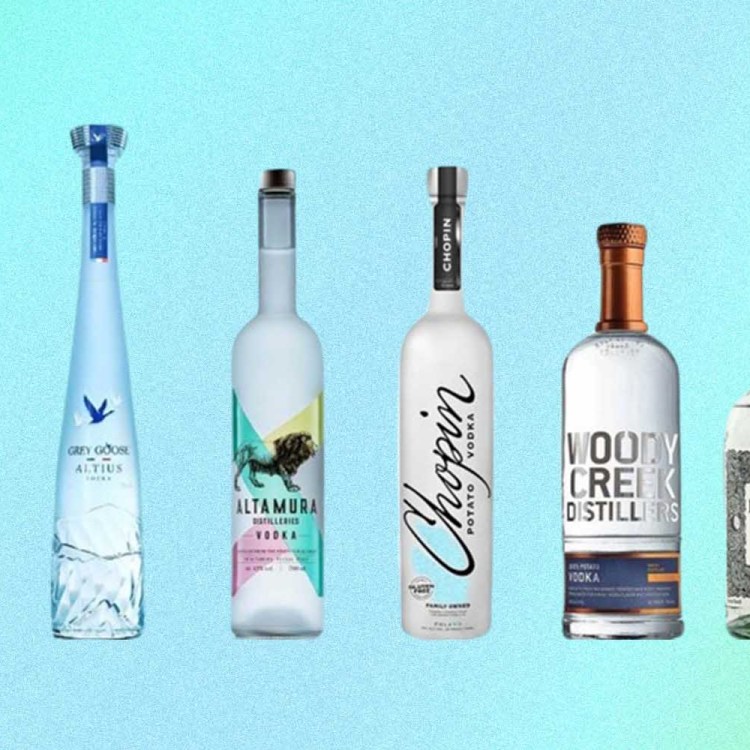The whiskey bottles standing at attention behind your favorite bartender are beautiful shades of golden brown. Same with tequila and, largely, rum, too. But that golden glow ends at the mezcal section, where most everything is clear as vodka. Why is that?
There’s a school of thought that suggests that aging mezcal in wood isn’t traditional and that the changes imparted by the barrel distract from the flavors and aromas of the agave. And, truthfully, there are some communities where the mezcaleros would never age in anything other than glass for those exact reasons. But you don’t have to travel very far from those palenques (the name for a mezcal distillery that’s specific to Oaxaca) to find villages where they’ve been aging mezcal in wood for hundreds of years.
You can find photographs of wooden barrels full of mezcal dating back to the 1800s, to the birth of photography. Since the tools existed to make barrels, liquid has been stored in those barrels. So, no question, for as long as mezcal has been made, someone has been storing it in wood.
Everything You Know About Mezcal Is Wrong
Some long-held perceptions about the agave spirit are misleading. Here, we clear up the facts before National Mezcal Day.But barrel storage is not the same as barrel aging. Chuck Cowdery, the renowned author of Bourbon Straight, suggests that the beginning of intentional booze aging goes back to cabinet wines — literally, wines the vintners would put in their cabinet for themselves. That’s generally acknowledged as being sometime in the mid-1800s.
From there, the concept of intentionally aging alcohol in wood made its way to the spirits world: first with cognac, shortly thereafter with whiskey and, most especially, with American bourbon makers. “The producers were doing it,” Cowdery says. “And the dealers were doing it, initially for their own consumption. The shippers, too — the people who were experiencing what it tasted like after six months in a barrel in New Orleans. Anybody who worked with it, anybody who was in distilling, knew what the effects of wood-aging were.”
If you dig around Google, you’ll find references as far back as 1795 to “old whiskey.” Cowdery says that’s the name they gave these intentionally-aged whiskies, back when “whiskey” was synonymous with an unaged spirit — the stuff you would sell as soon as it was made, as quickly as you could, to leverage your expenses into income.
References to aged mezcal don’t go back nearly as far. The earliest references to intentionally aged mezcal — “mezcal añejo” or “tequila añejo” — only go back to the 1920s. But you can find references to the flavor and color of tequila and mezcal being changed by the wooden barrels, and specifically changed by how long the spirit remained in these barrels, back in the late 1800s.
That 50-year gap between documentation of the intentional aging of whiskey versus the intentional aging of mezcal could simply be a lack of documentation. It could also be interpreted as evidence that mezcaleros only started thinking about wood aging after they saw it as entrée into the gringo market.
But I don’t think so. It’s always been about flavor. Consider: there’s evidence of mezcal producers and local consumers pushing back against the continuous distillation of column stills in the late 1800s, complaining that mezcal doesn’t taste as good when it’s made with modern machines instead of traditional pot stills. And all of the agave spirits flavored with fruits and proteins — such as mezcal pechuga and mezcal con gusano — suggest that our friends south of the border paid a lot of attention to what goes into their bottles.
All of that combined with the fact that there’s documentation from 1887 that says drinkers recognized wood barrels affects flavor and color suggests to me that, yes, mezcaleros somewhere were experimenting with intentional wood aging for as long as the rest of the world of distillation was doing it. They just weren’t writing it down.
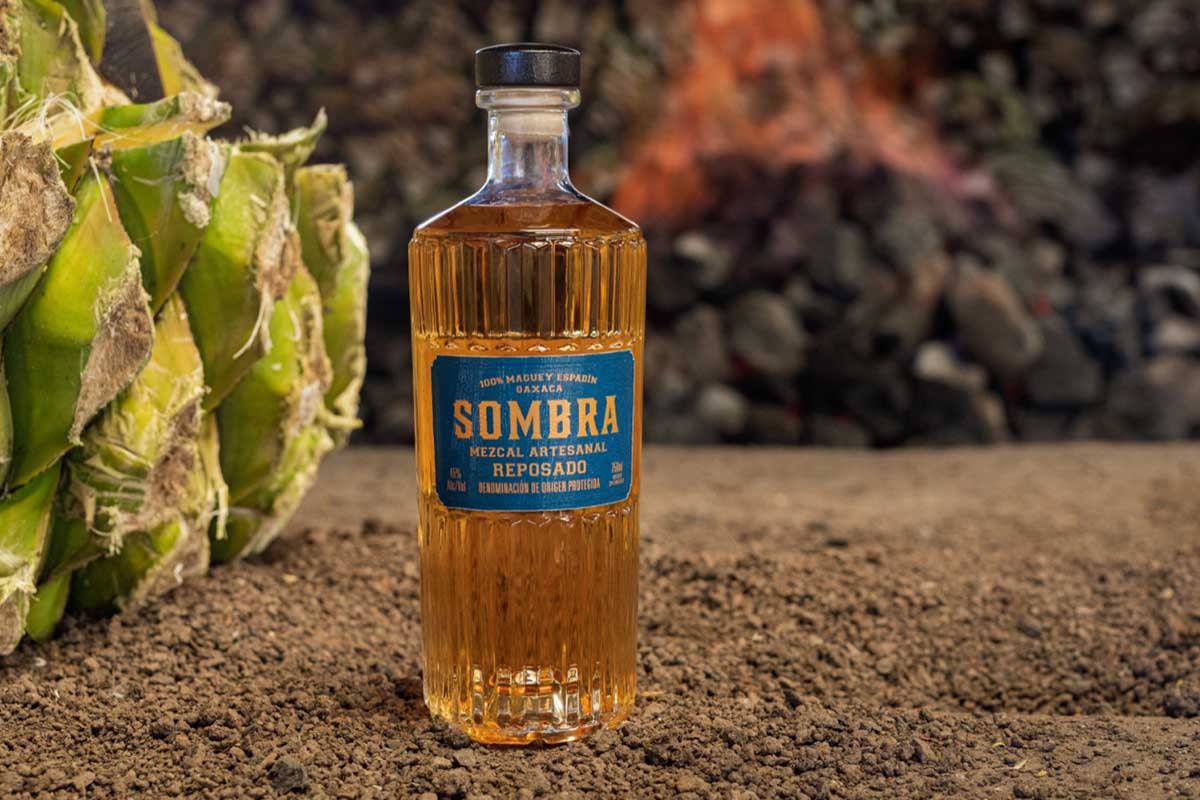
So what should you look for if you want to try an aged mezcal? First, you are going to have to look, as in hunt for it. The school of thinking that suggests aging mezcal in wood isn’t traditional has managed to dominate the conversation about the spirit outside of Mexico. The result: there aren’t a lot of examples of mezcal añejo or mezcal reposado outside of the spirit’s native country.
But with a hundred years of experimentation, the artisans of Mexico have found ways to use the aging process to make unique and delicious expressions that marry the best flavors and aromas of the agave with those of the oak wood. They are well worth the search.
Note that the Mexican government has set standards for labeling barrel-aged mezcal. A bottle that is labeled “joven” is generally not aged in wood, though the regulations allow for it to be aged up to two months in barrels. “Reposado” is aged for between two and 12 months, and “añejo” is aged for at least a year in barrels that hold 1,000 liters or less.
You may also see bottles labeled “madurado en vidrio” — this is a designation for mezcal that has been aged in glass for at least a year. And, yes, contrary to what you may hear, the spirit does change when aged in glass.
What you should avoid is cristalino-style mezcal. It’s a take on cristalino-style tequila (which has only been around for about a decade), a barrel-aged tequila that has been filtered to remove the color that the barrel imparts during aging. (What’s the point of that? Spirits consultant and author Eric Zandona suggests it’s all about “bottle service” in clubs. “It’s not a surprise to me that the tequila industry decided to adopt this technology that’s been around forever in rum and apply it to their premium spirits,” he says.)
Simply put, you should find the mezcal that speaks to your palate. A thing about agave spirits that I find so compelling is the wide diversity of flavors — all of the different processes used to convert any of the 200+ species of agave into spirits create a spectrum of aromas and flavors that rival every other category in the world. Add barrel aging to the mix, and that spectrum gets even broader.
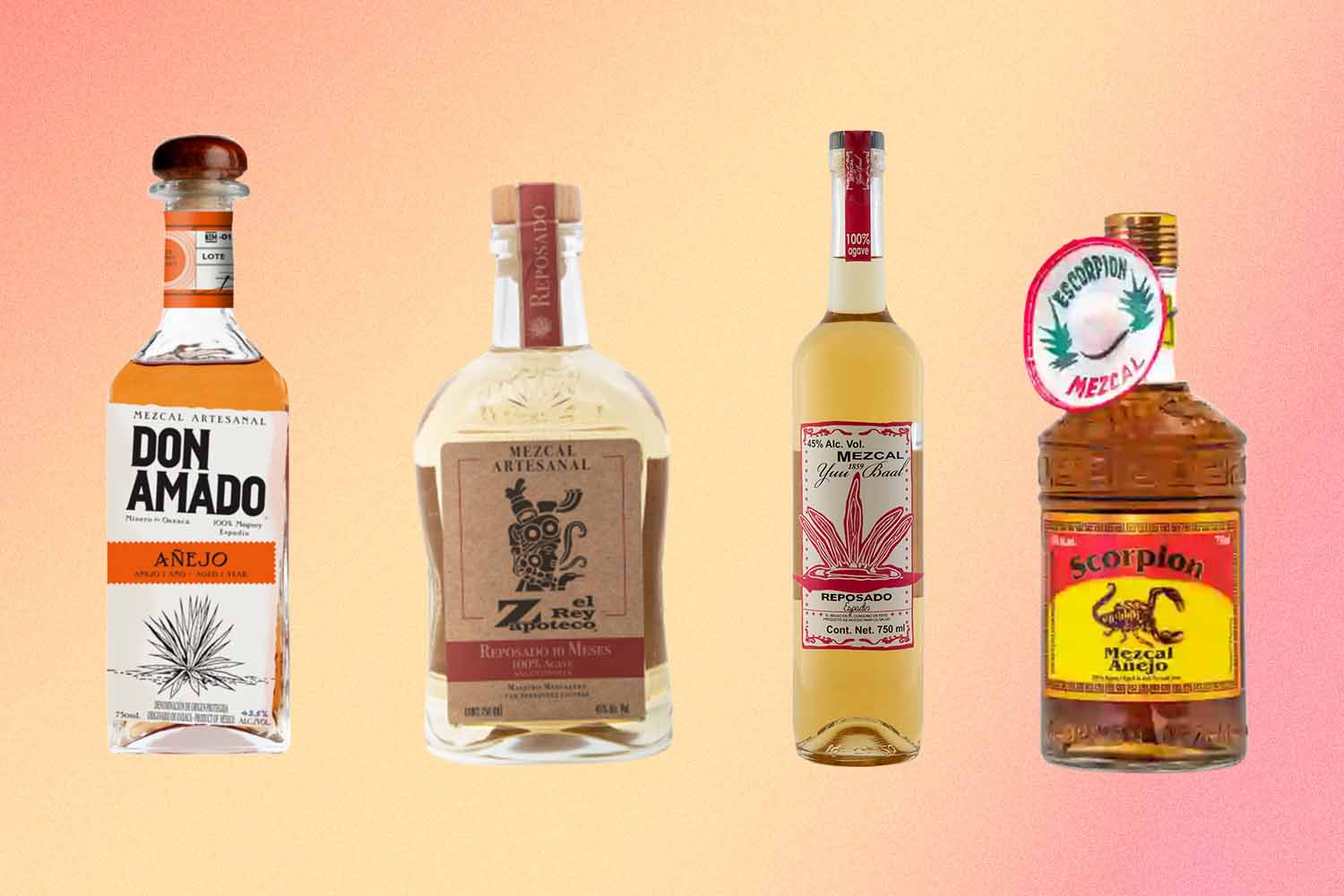
A few suggestions:
- El Rey Zapoteco Reposado: From one of the oldest certified brands in Oaxaca, this palenque has been producing their barrel-aged espadin in the same fashion since the 1960s.
- Sombra Reposé: Made from espadin in Oaxaca, aged in Bordeaux wine barrels for up to six months
- Yuu Baal Reposado: Made by a cooperative of mezcaleros in San Juan del Rio, Oaxaca, using espadin and aged six months in oak
- Scorpion Anejo: Oaxacan espadin aged for a year in oak barrels
- Lagrimas de Dolores Anejo: An artisanal mezcal made in Durango from the cenizo agave, aged one year in virgin white oak barrels
- Don Amado Anejo: Mezcal aged 18 months in barrels that formerly held Pedro Domecq Mexican Brandy. It has a much fuller mouthfeel than its other mezcals.
- Tomas Artesanal Reserva: An interesting blend of an unaged espadin from Oaxaca with an añejo made from agave tequilana in Zacatecas
- Mal Bien Papalote Reposado en Vidrio — Calzada: An amazing uncertified agave spirit that was made in the Chilapan region of Guerrero, using agave cupreata that was aged in glass
(Additional reporting by Chava Periban)
Join America's Fastest Growing Spirits Newsletter THE SPILL. Unlock all the reviews, recipes and revelry — and get 15% off award-winning La Tierra de Acre Mezcal.
